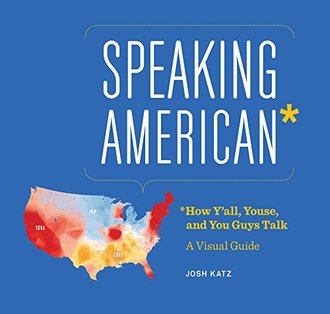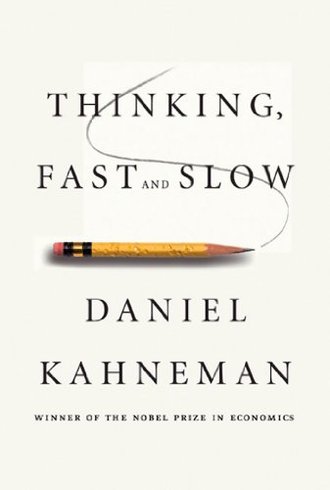Review of SPEAKING AMERICAN
by Johny McFliggen, PhD Literature & Business, Oxford
In the realm of linguistic exploration, Josh Katz's "Speaking American" is a delightful romp through the idiosyncratic landscape of American dialects. Much like a linguistic cartographer, Katz maps out the peculiarities of our speech with the precision of a data scientist and the flair of a seasoned storyteller. This book is an outgrowth of his widely popular New York Times dialect quiz, which captivated the masses and sparked countless debates about whether you say "pop" or "soda" (or something else entirely).
Katz, a graphics editor with a penchant for transforming dense data into aesthetically pleasing visuals, delivers a tome that is as much a feast for the eyes as it is for the mind. Each page bursts with colorful maps and charts, making it clear that this is not your grandfather's dusty linguistic textbook. It's a testament to the visual age we live in, where infographics often speak louder than paragraphs of dry text. This approach might remind one of how "The Story of English" sought to demystify language for the masses, though Katz does so with a distinctly modern twist.
Yet beneath the playful veneer lies a serious exploration of how our words and pronunciations serve as markers of regional identity. Katz delights in the quirks of American English, taking us on a journey from the "y'all" of the South to the "youse" of Philadelphia, each variation a breadcrumb leading back to historical migration patterns and cultural influences. It's as if Katz has created an atlas of linguistic diversity, echoing the scholarly ambitions of works like "The Atlas of North American English," but with a format that invites curiosity rather than academic scrutiny.
However, not all is perfect in Katz’s kaleidoscopic world. Some critics have pointed out that while the visual data is engaging, it occasionally glosses over the deeper socio-economic factors shaping linguistic evolution. This is akin to watching "Inception" for its visual effects without fully grasping its layered narrative complexity. But these critiques are mere whispers compared to the applause for Katz's ability to turn complex linguistic phenomena into something both entertaining and enlightening.
What truly sets "Speaking American" apart is its ability to provoke both nostalgia and curiosity. As you flip through its pages, you might find yourself reminiscing about your own linguistic heritage or pondering the vast tapestry of dialects that make up the American mosaic. It's no wonder this book has been lauded as much for its innovative presentation as for its content.
In sum, Josh Katz has crafted a work that stands at the intersection of cultural study and visual art. While perhaps not as deeply academic as some of its predecessors, "Speaking American" shines in its accessibility and charm. It is a must-read for anyone who has ever pondered why they call it "sneakers" when others insist on "tennis shoes." For those willing to embark on this linguistic journey, Katz offers not just answers, but a colorful invitation to explore the rich diversity woven into the very fabric of American speech.
Purchase Link: SPEAKING AMERICAN on Amazon



